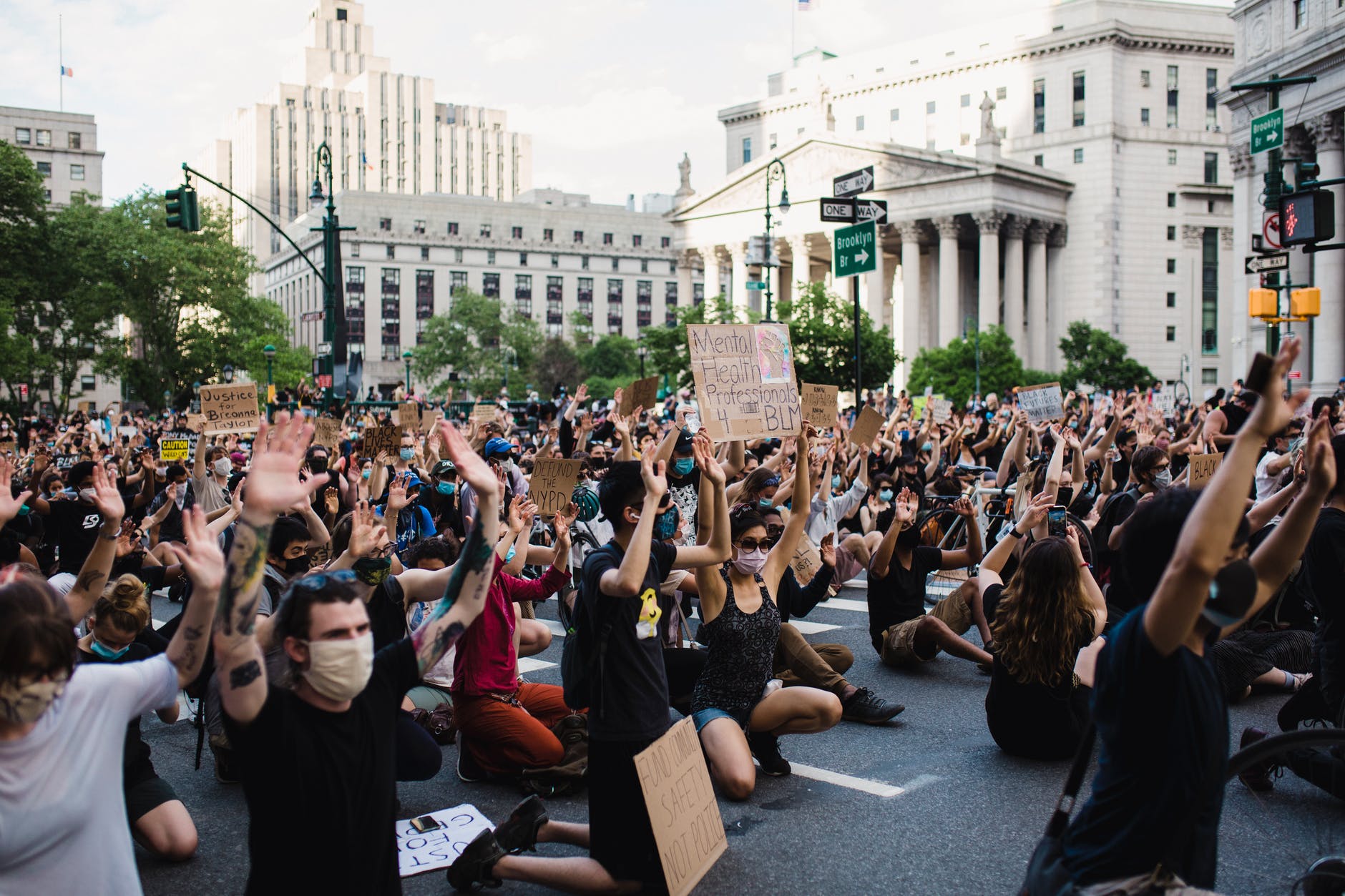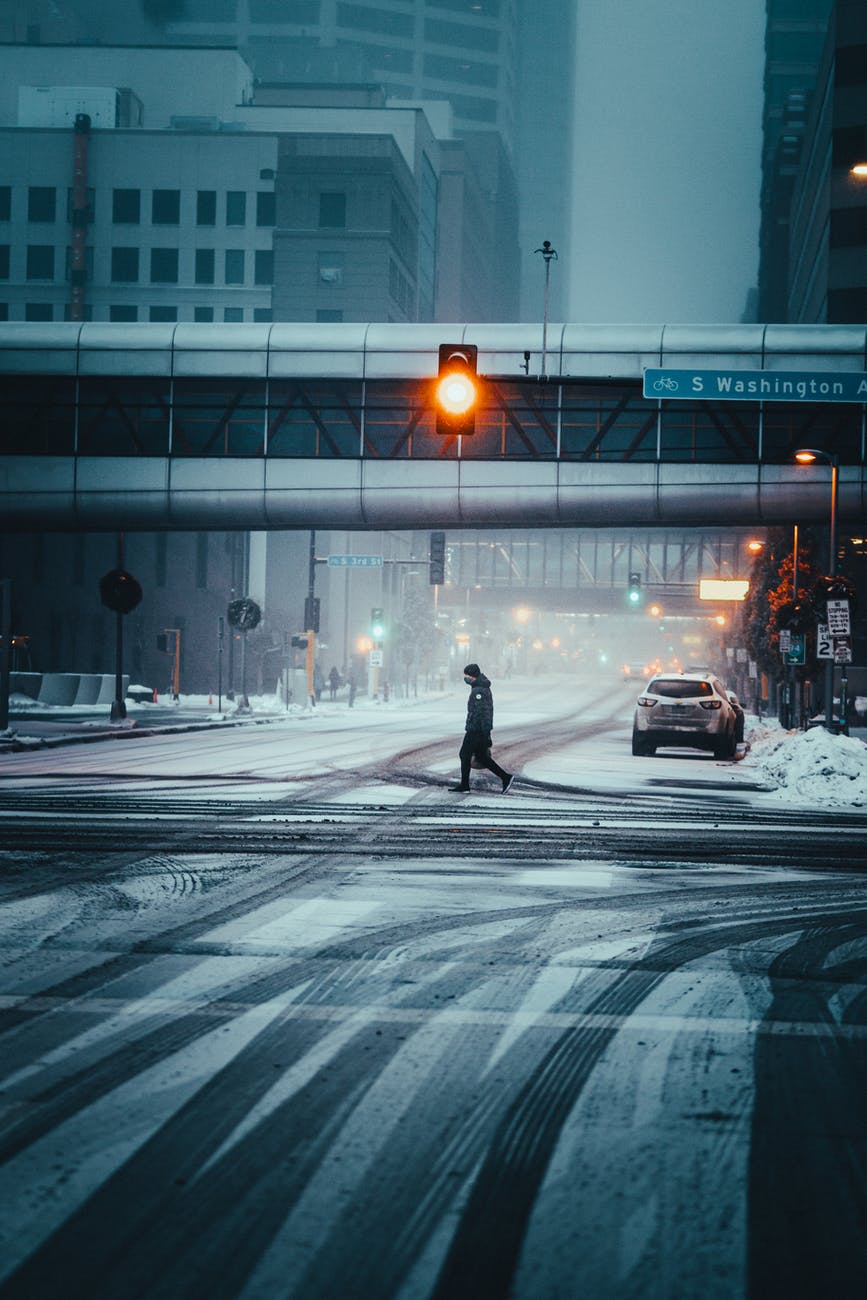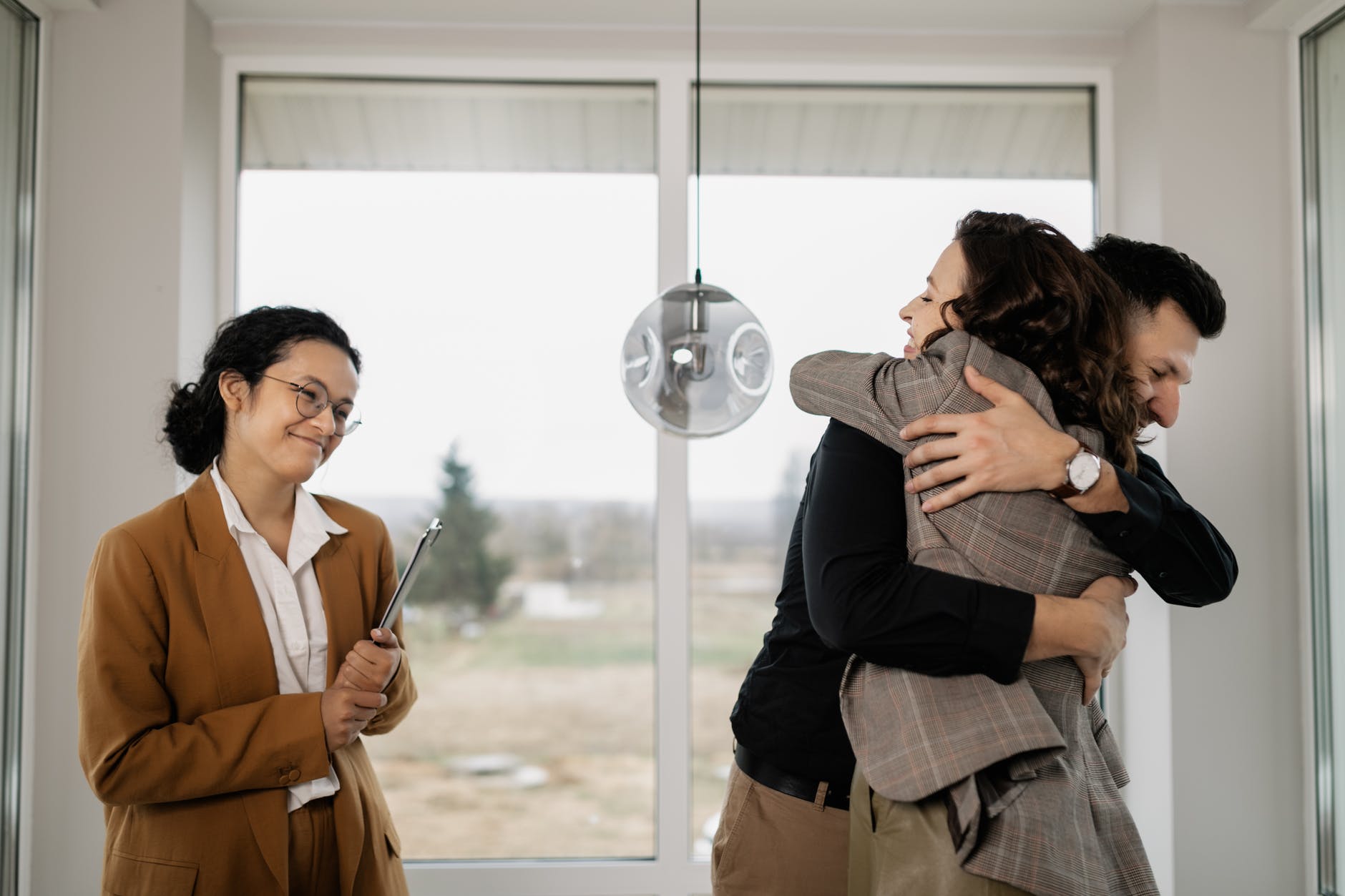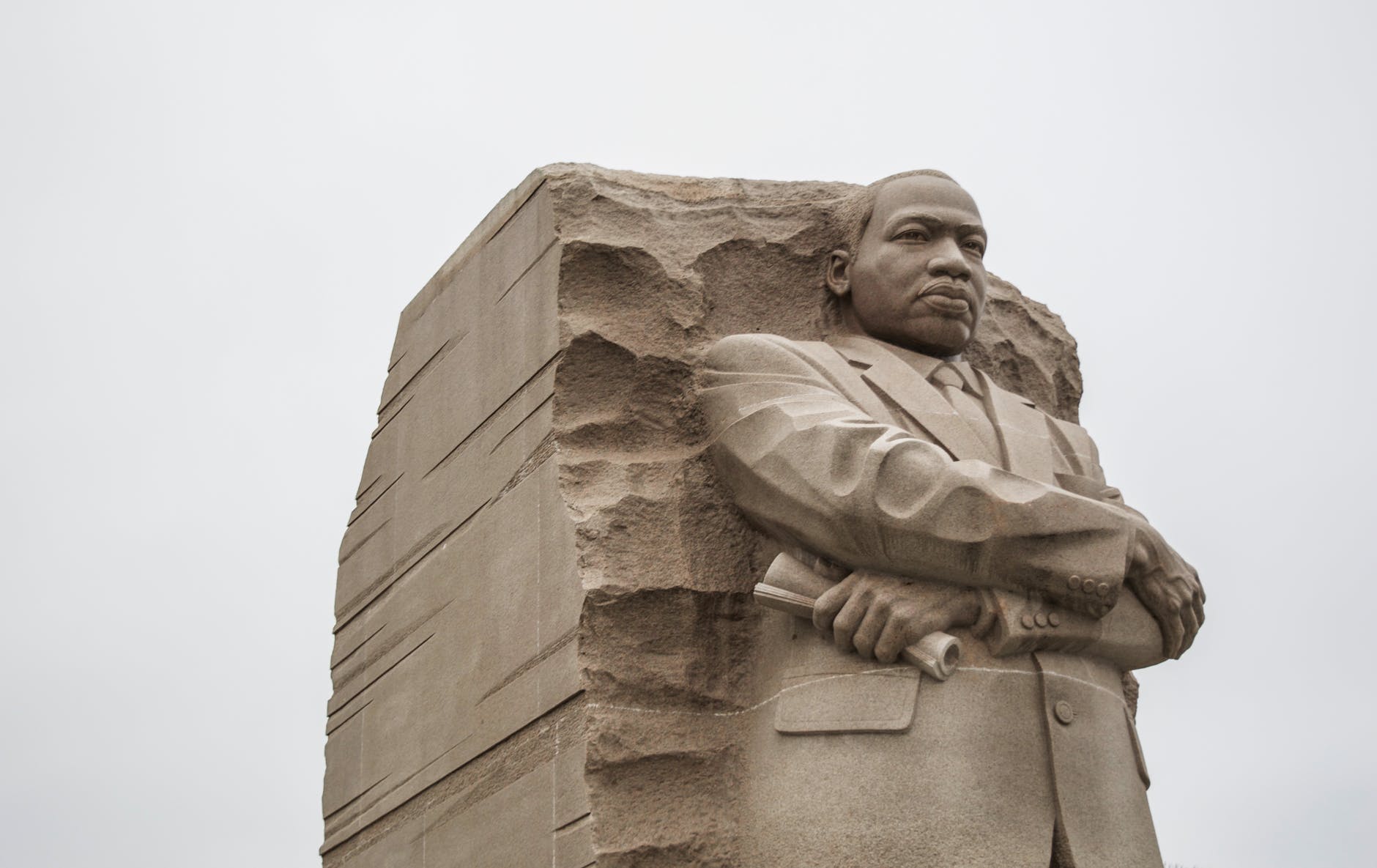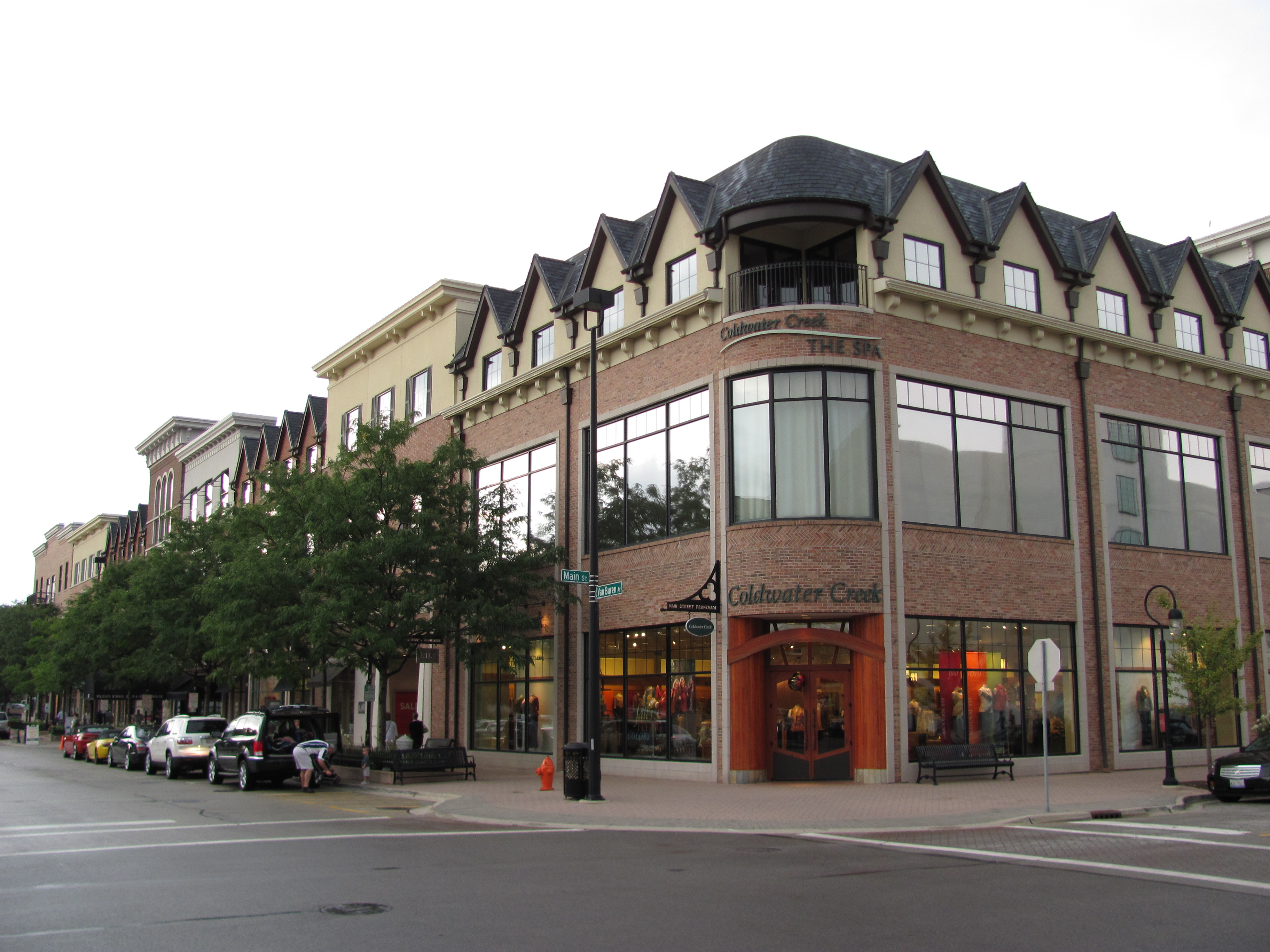Every human is affected by institutions. These durable social collectives outlive individuals, have particular social structures, and can do things that individuals cannot. They are good examples of how society enables people more than it constrains them.
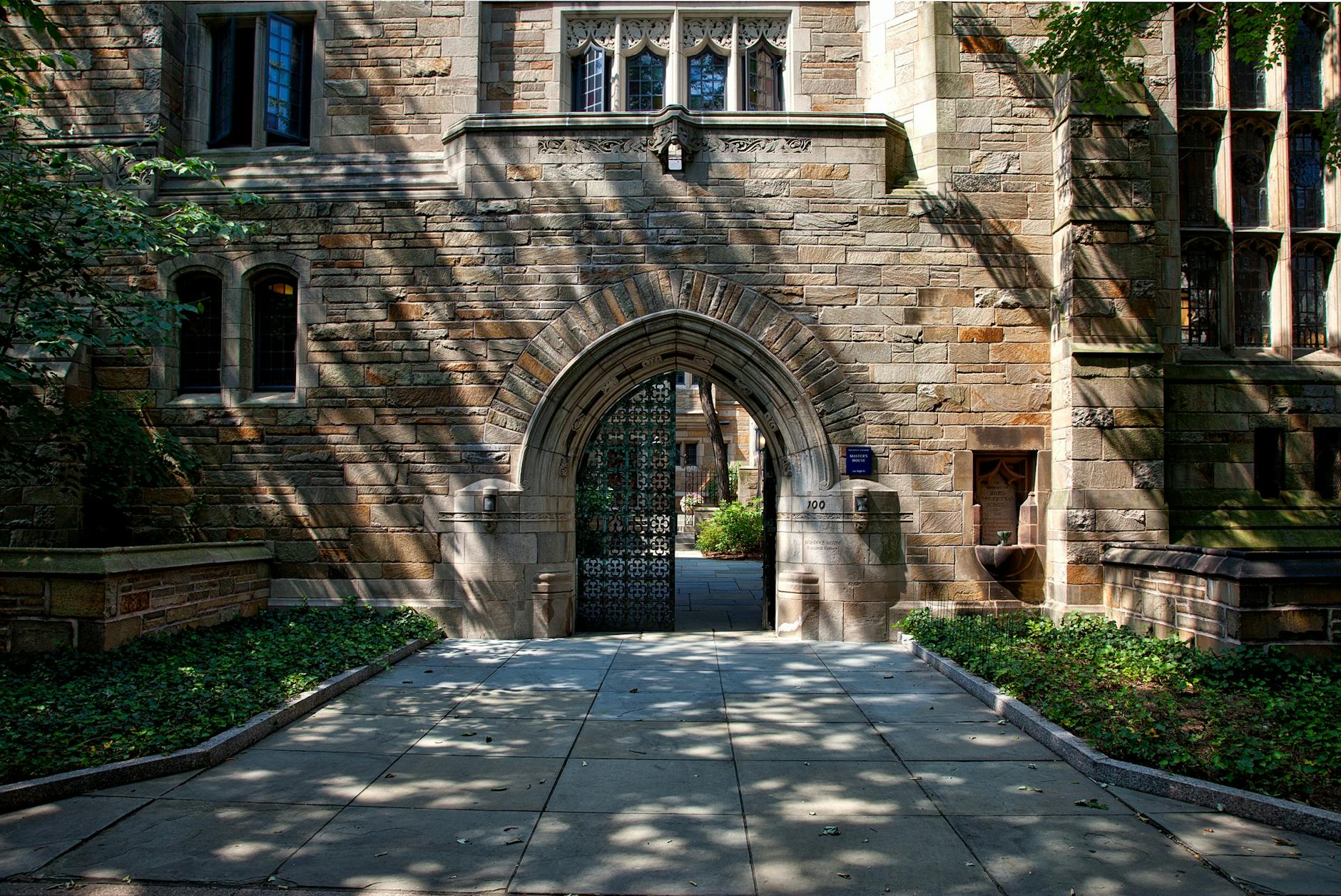
Take for example a college or university. This past semester, I taught a class where we looked at American institutions of higher education over time. The oldest institutions are nearly 400 years old while many others have at least a century of history. These institutions have changed in important ways over time – think of the curriculum, their size, their purpose, their values – but they are recognizable in the past and present as places of learning.
No college or university is dependent on the actions of just one person or even a small set of people. We could tell the narrative this way; focus primarily on the president or founder or key leaders. At least some of them likely did consequential things. But there is a broader story to tell of the institution. What did the Board do? How did the college or university interact with legislators or the local community or other actors in higher education? What was the experience of faculty, staff, and students at different points?
As an institution, the college or university can enable people. It can offer classes, experiences, and opportunities that an individual or a small group could not do. There are things it cannot do but there is a reason these kinds of institutions have served societies for hundreds of years.
Institutions are durable and enabling. How might one change an institution or set of institutions? Social movements are mass movements of people working toward a common goal. They are relatively unusual; it takes a lot of effort to get large numbers of people to do something. To organize a local protest or march or campaign needs organizers, participants, resources, and a space. They get receive attention and can rally people to a cause.
And even then, social movements often need openings or certain conditions where what they ask for can be achieved. Hundreds of thousands of people might march within a country and nothing happens. Or it might take years and decades for a movement to see change happen. Successful movements are remembered for a long time because they harnessed the activity and actions of many people and changed societies.
In both of these examples, people are empowered. Institutions can constrain people and they are often associated with bureaucracy. However, bureaucracy exists because large complex institutions need ways to structure their activities. Social movements can fail to reach their goals or disappoint the people who participate. However, they can achieve things that only large numbers of people working together can do.



